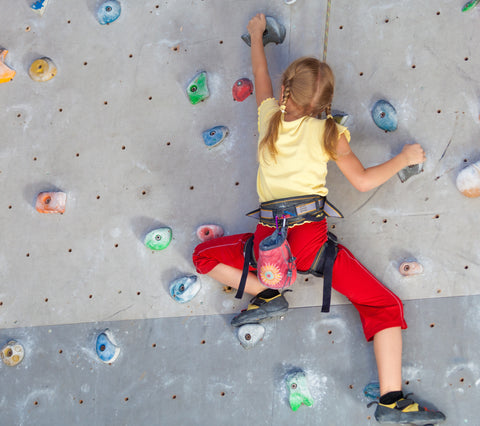These are questions that are frequently asked by parents about Sensory Integration (SI) when I meet them in Occupational Therapy (OT) sessions.
Sensory Integration (SI) is about how our brain receives & processes sensory information so that we can cope with everyday tasks & experiences.
The different parts of our body that receive sensory information from our environment (such as our ears, eyes & skin) send this information up to our brain. Our brain interprets the information it receives, compares it to information stored in our memory & then our brain uses this information to develop a response to our environment.
Five of our sensory systems are well known- Auditory (sound), Visual (sight), Gustatory (taste), Olfactory (smell) and Tactile (touch).
However, there are 3 additional sensory systems which are Vestibular (movement & balance), Proprioception (body position) and Interoception (visceral organs).
In order to determine what your child's sensory preferences are; you need to consult an Occupational Therapist (OT) that is trained in Sensory Integration. I also discuss Sensory Integration in a lot more detail with some practical tips & strategies on my course, which you can learn about by clicking here.
The muscles & joints in our body have sensory receptors that tell our brain where our body parts are positioned. When you brush your teeth, you don't have to look at the brush & feel for your mouth. Instead, you know where your mouth is in relation to the brush in your hand & you have an understanding of your body position in relation to objects. This is your proprioceptive system working. It's the same when you are walking and able to move your feet in a coordinated manner without having to look at what they are doing.

There are small, fluid filled canals located in our inner ear & every time we move our head, the fluid in these canals also moves & receptors in the canals pick up the direction of our movement (i.e. forwards, backwards, side to side etc..) & sends this information to our brain. The brain then uses this information to plan our movements & help us maintain our balance.

A person's sensory system is individual and complex & our sensory preferences shape our behaviour. However, for some individuals, their brain can either over-responds to, or under-respond to sensory information to a degree that impacts on their ability to complete everyday tasks.
Sensory strategies should not be based on generalised guidelines; they should be based on the individual and their specific sensory preferences. If you are concerned about your child's ability to process sensory information, it is recommended you consult an Occupational Therapist (OT) or you can contact me directly to discuss your concerns. To learn more about the sensory systems & strategies that can be used at home & school - you can access my course by clicking here
Hope this was helpful as an introduction, you can access lots of great information about SI on https://www.sensoryintegration.org.uk/